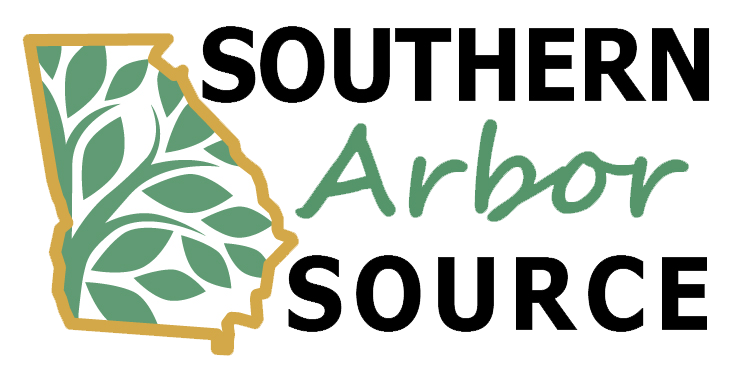Tree Pruning
Tree pruning can be the solution for overgrown, unattractive, or even dangerous trees. Pruning is an affordable alternative to the complete removal of a tree. Routine pruning and trimming can help increase the overall curb appeal of your landscape. Each species of tree requires specialized care when it comes to pruning. Our extensive knowledge of trees ensures that your trees will be properly trimmed and maintained.
Reasons for Tree Pruning:
- Aesthetics: pruning a tree to maintain shape and appearance;
- Safety: pruning dead or broken branches that could fall, branches that obstruct vision for drivers. Liability or risk reduction pruning associated with life safety and damage prevention;
- Tree Health: systematically pruning away infected branched or limbs, pruning limbs that are rubbing against each other, thinning the crown of a tree to improve airflow.
Types of Pruning:
- Deadwood Pruning: Deadwood development is a natural process for all trees. Leaving deadwood within the canopy promotes the growth of fungi that are directly related to rot and decay. In an effort to mitigate the spread of rot and decay, the common practice is to remove the deadwood. Deadwood also is a hazard for persons or property (targets) located within the drop area of a tree’s canopy and should be removed to increase safety and decrease liability.
- Canopy Thinning: The process of removing excess limbs from a tree’s canopy to lighten the overall weight to a tree’s main stems and allow light and airflow to penetrate to the interior of the canopy. Greater airflow allows for increased pest resistance and fungal prevention while the additional sunlight will assist in the development of strong supporting limbs.
- Canopy Raising: Providing a predetermined ground clearance distance is a key objective within this overall pruning task. During field observations, the greatest area of concern was liability created by low hanging limbs for pedestrians, vehicles, and maintenance equipment. Proper ground clearance will reduce liability concerns, provide proper pedestrian and vehicular access, and allow for adequate room for maintenance purposes.
- Structural Pruning: Pruning to provide structural correctness and proper form is very important for the long term health and risk reduction of a tree. A young tree with two strong leaders soon becomes a mature codominant tree with a weak stem union and included bark. This equals a hazard to public safety and in many instances, a shorter life for the tree. In many instances, these issues can be corrected by pruning and subjugating the correct limbs.
Periodic pruning is essential for all trees within the managed landscapes, both young and old. The results of professional pruning are that your trees will look better and fit their location without conflicts, potential hazards will be reduced, and tree health and longevity will be improved. How do you know what type of pruning is best for your tree? Let one of our Certified Arborists evaluate your trees and discuss with you the best strategy to meet your needs.
Southern Arbor Source provides tree pruning serves in east metro Atlanta area including but not limited to Decatur, Conyers, Covington, Monroe, Lithonia, Atlanta, Social Circle, and Madison.

Contact Us
We Provide FREE Estimates
Contact Us for Emergency Tree Services
[email protected]
(404) 291-1095
Offices in Atlanta and Oxford
Address
235 Ponce De Leon Place | Suite M-152
Decatur, GA 30030-2200
Address
P.O. Box 1354
Oxford, Georgia 30054

